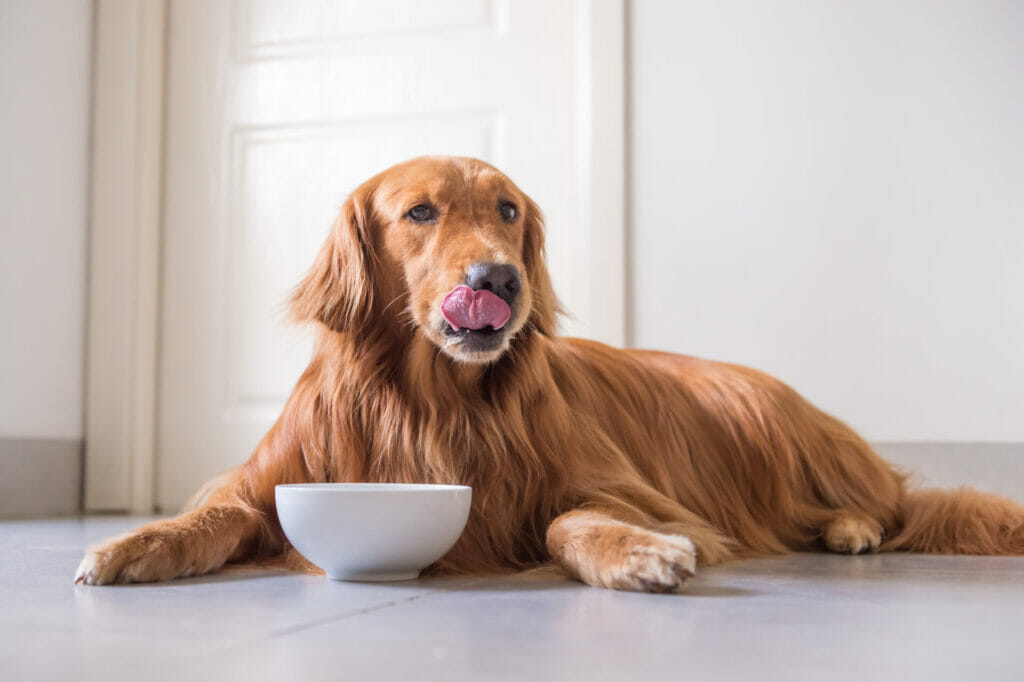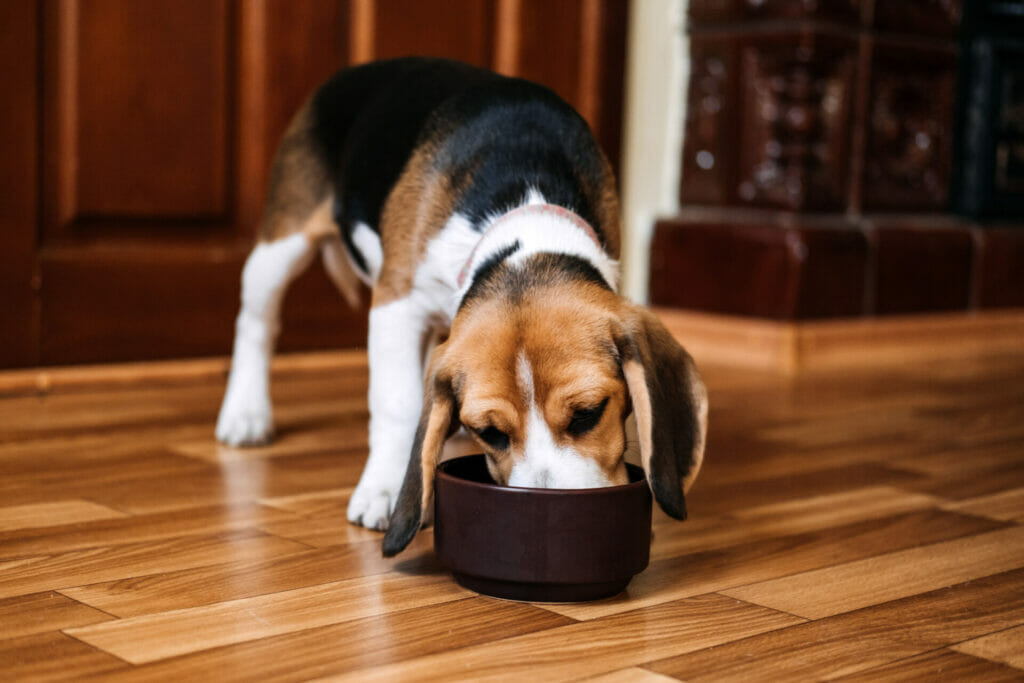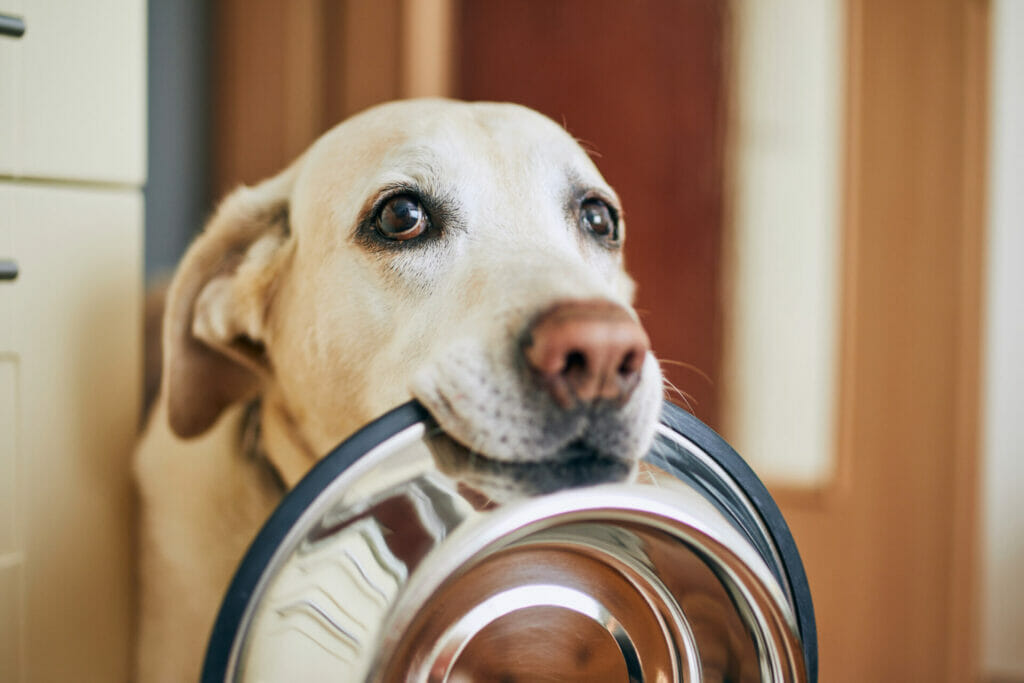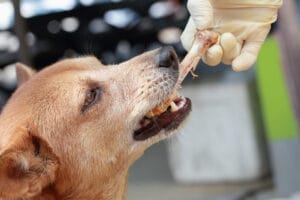If you’re considering a new diet for your dog, it’s best to be intentional. Some dogs can eat anything and everything without getting sick. However, most dogs struggle if they move too quickly to a new diet. When changing your dog to a new of food, remember to be slow and intentional.
Why change your dog’s food?
Dog owners may change their dogs’ food for a variety of reasons. Dogs need different food at different times of life. For example, puppies should eat different food from adult dogs. As dogs age, diet needs may change too. Senior dogs may need different food formulations too. Another reason someone may change a dog’s food is because of allergies or intolerance to a certain ingredient. Lastly, you may also want to change your dog’s food for quality reasons.
Slow transition
The key to a successful shift to new food is a slow transition. Don’t be in a hurry to get your dog to eat new food. In fact, quickly changing your dog’s diet to a new food may upset a dog’s digestive system. The sudden change can even cause vomiting or diarrhea. Another symptom to a too-fast change is a decreased appetite where your dog is reluctant to eat. By transitioning your dog slowly to a new diet, you can help prevent digestive upsets.

Preparing to change your dog’s food
Unless your vet advises you to change your dog’s diet immediately, a slow transition is essential. A food change can be stressful for dogs and result in upset stomachs. Plan to switch your dog’s food at a time when you have extra time to support your dog through the process. Moreover, choose a time when your dog isn’t experiencing other stressors. For example, avoid changing your dog’s food during the same week you move to a new apartment or experience a life-changing event. When you prepare to change your dog’s food, you’ll need both the food your dog has been eating and the new food.
Blending foods
To help your dog’s stomach adjust to the new food, feed a combination of old and new food for 7-10 dats. Your dog’s initial meals should be mostly the old food, with a little new food mixed in. For the exact amounts of food, follow the feeding instructions and any instructions from your vet. Of course also consider your dog’s size, age, and other health conditions. Continue blending the new and old dog food until your dog. Slowly shift the balance, so your dog has more of the new food. For most dogs, you can transition them to new food over the course of a week.
Here’s a rough outline of a transition timeline. Remember (gradually give more new, less old food throughout the days; and always follow vet guidance):
- Day 1-3: 25% new, 75% old food
- Days 4-6: 50% new, 50% old food
- Days 7-10: 75% new, 25% old food
Continue to add new food (and take out old food )until your dog is eating 100% of their new food. Don’t be in a hurry to get your dog on the new food. If you know that your dog has a sensitive stomach, it’s ok to take longer to transition your dog to their new food.

Stomach upsets
If you are shifting your dog to a new food and they seem uncomfortable, throw up, or have diarrhea, consult with your dog’s veterinarian. A veterinarian can advise on appropriate next steps and can able to help pinpoint the issue. For example, a vet may recommend that you return to the old food to stabilize the digestive system or in severe cases, a vet may suggest an examination at the clinic.
Although you may enjoy trying new foods and eating something new every day, the same isn’t necessarily true for dogs. If you want or need to transition your dog to a new food, it’s essential to do so slowly and intentionally. Dogs do best when they are given time for their stomachs to acclimate to a new diet. That said, there are benefits to a rotational diet where a dog is constantly exposed to a mix of different proteins and recipes. We have more info on the benefits of a rotational diet here!
In cases where your dog is not familiar with a rotational diet, combine your dog’s old food with new food slowly until your dog has fully transitioned to their new diet.




















